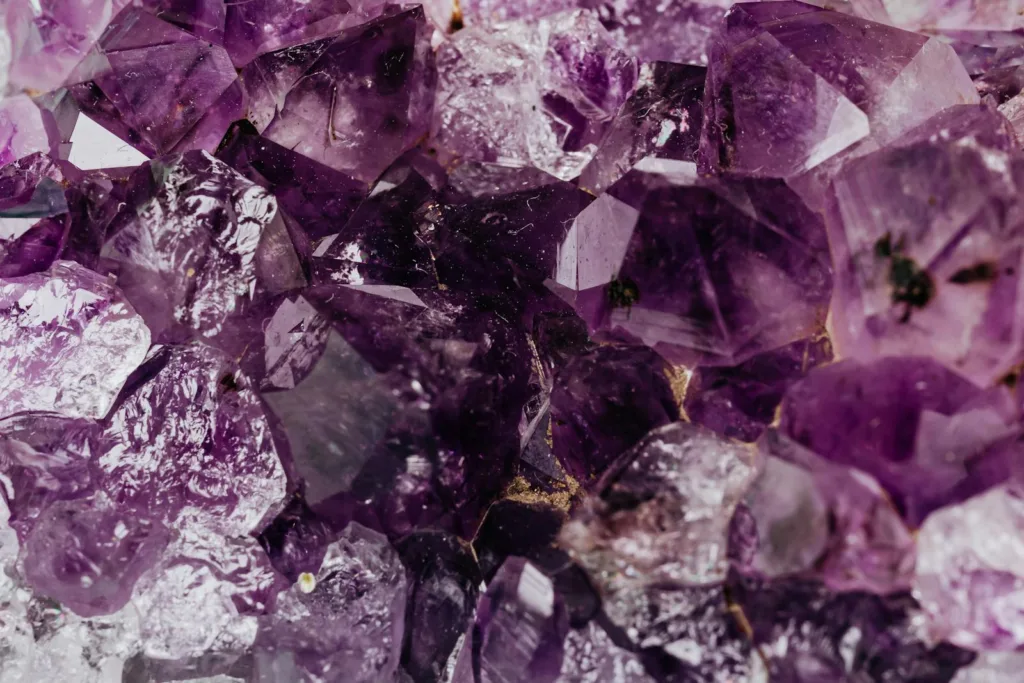Table of Contents
Valuable to the Romans Beyond Its Gold Weight
At a British archeological site, an extremely rare Romans era artifact has been found. It is constructed of a material that was previously valued more than its weight in gold.
The artefact was discovered in 2023 while amateurs and researchers excavated the remains of a Roman baths on a sports club’s property in Carlisle, Northern England.
The lump, which was formed of a soft, enigmatic purple substance, tested positive for beeswax and the ingredient bromine. This is a clear sign that it is a genuine sample of Tyrian purple, an artificial pigment that was highly prized in antiquity.
A number of species of carnivorous sea snails found in the Mediterranean region exude the purple pigment. Making Tyrian purple was a really challenging process. Thousands of marine snails had to be collected for the intricate process to be completed. To make only one gram of dye, it is anticipated that up to 12,000 individual mollusks would need to be processed.

Because of this, it was so costly in the Roman era that, pound for pound, it was worth more than gold. The pigment was often only used by the wealthiest members of society.
According to a press release, Frank Giecco, an archaeologist with mining consultancy firm Wardell Armstrong, which has been involved in excavations at the Carlisle site, “for millennia, Tyrian purple was the world’s most expensive and sought after color.”
According to Giecco, finding a quality sample like the one from Carlisle is an especially uncommon find.
“It’s the only example we know of in Northern Europe—possibly the only example of a solid sample of the pigment in the form of unused paint pigment anywhere in the Roman Empire,” Giecco stated in the press release. “Examples have been found of it in wall paintings (like in Pompeii) and also some high status painted coffins from the Roman province of Egypt.”

The Phoenicians, an ancient Mediterranean culture that began in the coastal Levant region, mainly in what is now modern-day Lebanon, are thought to have been the first people to create Tyrian purple in the second millennium B.C.
The most well-known place in the world to make purple pigment is Tyre, a city in Lebanon that is among the oldest continuously inhabited communities ever. Nevertheless, it was also produced in North Africa and other Mediterranean countries.
According to Sarah Irving, a spokesperson for Cumberland Council, which is working with Wardell Armstrong on the excavation project, the Tyrian purple sample from Carlisle was probably used for fresco painting, Newsweek said.
The pigment was occasionally employed to paint the walls of opulent public buildings as well as wealthy people’s homes and properties. But it was also used for clothing dyeing.
To date, more than 2,800 noteworthy artifacts have been uncovered during excavations at the location of the Roman bathhouse. These artifacts include two massive stone heads, hundreds of coins, and engraved gemstones.

“After locating the two Roman monumental heads and the other priceless artifacts, the project is revealing some intriguing and internationally noteworthy discoveries. More excavations are anticipated, along with the chance to visit the location and witness the groundbreaking work in progress, according to a press statement from Cumberland Council member Anne Quilter.
From 43 until 410 A.D., Carlisle was situated along Hadrian’s Wall, which served as a border between the Roman Empire and the unoccupied lands to the north.
Romans RomansRomans Romans
Archaeologists Find Rare Item Worth More to Romans Than Its Weight in Gold (msn.com)
read also : Researchers now know why a massive hole in Antarctica sprang out of nowhere 8 years ago.


1 thought on “Archaeologists Discover Rare Artifact Valuable to the Romans Beyond Its Gold Weight”